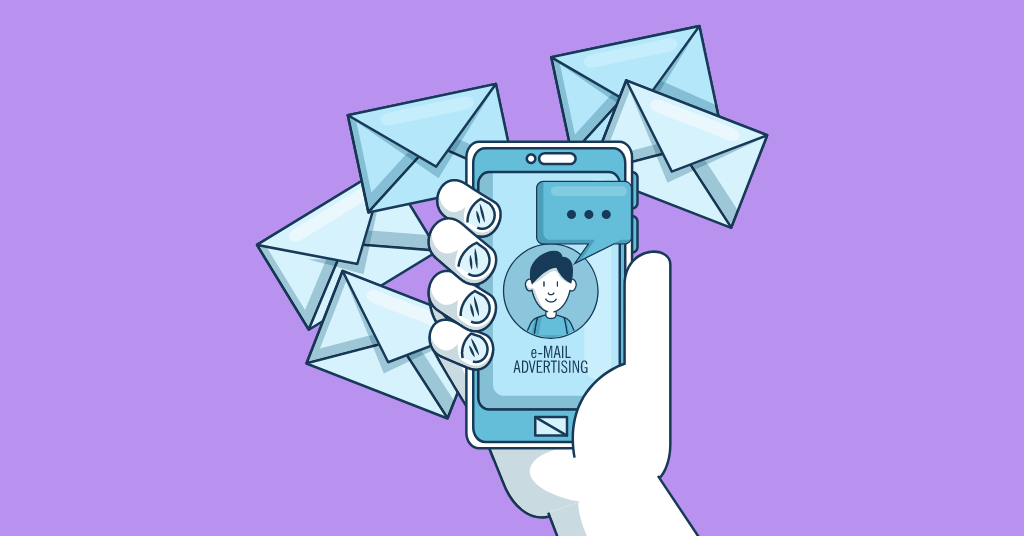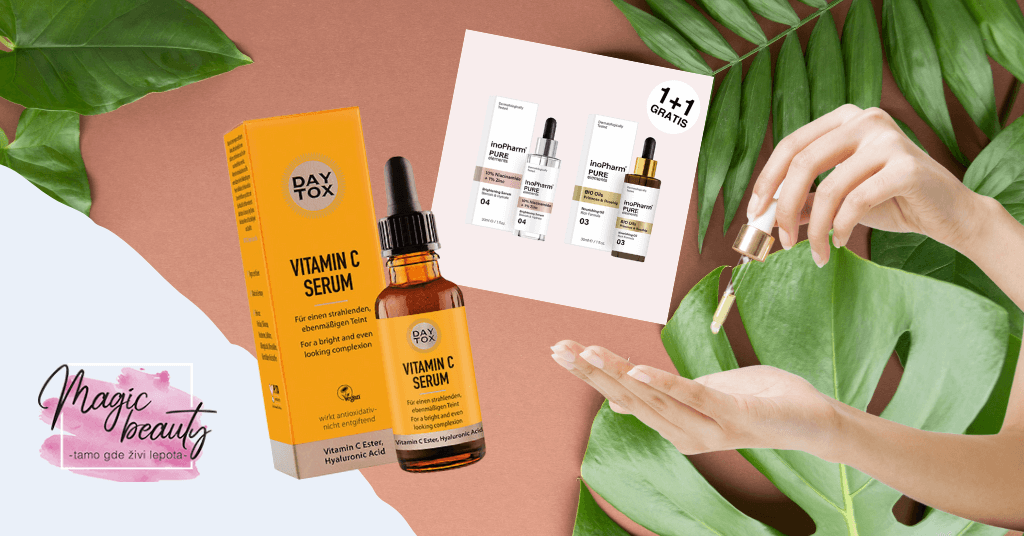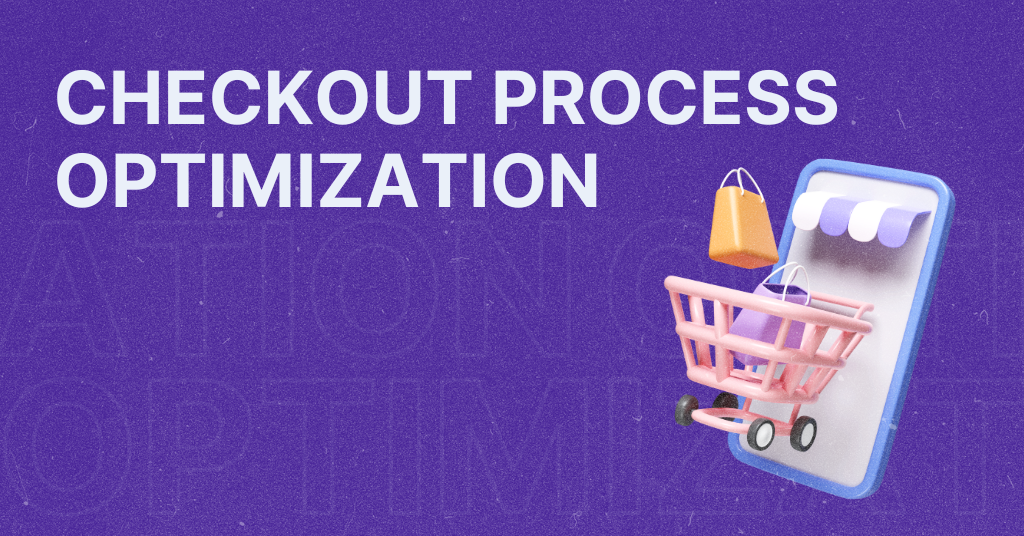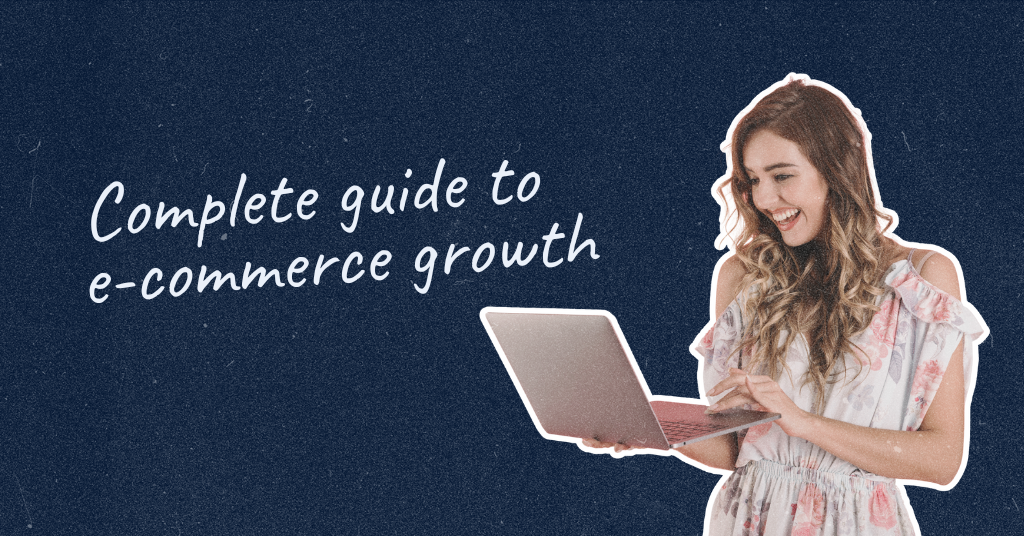
How to improve email marketing for e-commerce?
It’s no secret that email marketing holds excellent power in driving sales. With a good email marketing for e-commerce, businesses can unlock ways to engage, convert, and keep customers.
How to cut through the noise and provide a personalized touch for your customers? Do it with emails!
We had the opportunity to collaborate with Ugo Balestrazzi, the email marketing expert, who gave really useful tips you can apply right away.
Growing and nurturing the email list
The power of email marketing lies in building a strong and engaged email list. Lead magnets and enticing incentives are essential to attract potential subscribers. Lead magnets are valuable resources or offers that you provide to visitors. You give them in exchange for their email address. Lead magnets that drive email sign-ups require understanding the target audience’s pain points. Offer solutions to that pain point in a way that resonates with them.
An online clothing store could offer first-time buyers a free style guide showcasing the latest fashion trends or a discount code. Deliver value upfront to establish trust and encourage visitors to become loyal subscribers.
Optimizing opt-in forms and landing pages is another key aspect of growing the email list. When visitors arrive on your website, you want to capture their attention and make it easy for them to subscribe. Consider using eye-catching visuals, clear and compelling copy, and strategically placed forms. A home decor brand could create a pop-up form offering a free interior design consultation upon sign-up.
Additionally, optimizing landing pages dedicated to email sign-ups can significantly boost conversions. The clean design emphasizes the value of subscribing. Testimonials create a persuasive environment that encourages visitors to give their email addresses. The goal is to make the sign-up process seamless and enticing.
The expert’s tip for your email list
For email sign-ups, the best is to test several offers and be very clear about the incentive you’d like to give your customers. Some of the ideas you might use may be a discount, free shipping, or a free e-book of your expertise you’d give them after subscribing to your list.
Subject lines and email copy
The success of email marketing campaigns hinges on the subject lines and email copy. Subject lines that demand attention are an art that can impact open rates and engagement. Irresistible subject lines create a sense of curiosity, urgency, or exclusivity. Using phrases like “Limited Time Offer,” “Exclusive Access,” or “Don’t Miss Out” can pique readers’ interest. Experimenting with personalization, emojis, or intriguing questions can also captivate recipients. The subject line is the first opportunity to make a strong impression and encourage action.
Engaging email copy that resonates with your audience and drives them to take action is equally important. The key is to provide value while maintaining a conversational and compelling tone:
- address the readers’ pain points,
- highlight the benefits of products or services,
- and offer solutions that resonate with them.
How to create email copy that converts readers into customers? Focus on showcasing the unique value proposition of the offerings. A fitness brand could highlight its workout program’s before and after experiences. Clear call-to-actions (CTAs) and creating a sense of urgency can also drive conversions. Phrases like “Shop Now,” “Get Yours Today,” or “Limited Stock Available” encourages readers to act. Clear subject lines and email copy drives the desired actions and lead to increased sales.
The expert’s tip for the subject line and copy
The email’s subject line should be short and conversational to grab attention. It’s hard to stand out, so your subject line should drive curiosity. Pay specific attention to the preview text. The preview text is the first line from the body email your users are going to see when a new notification pops.
Knowing your goal for the email marketing campaign will help you determine what you should write in the email body. Usually, it’s about addressing the pain points and solving the problem.
Creating tailored experiences for maximum impact
In the world of email marketing, one size does not fit all. Tailoring emails to meet the needs and preferences of customers is a game-changer. Use customer data to personalize emails. It is a powerful strategy that allows connecting with the audience on a deeper level. Analyze purchase history, browsing behavior, and demographic information. Use it to deliver relevant recommendations that delight customers. A bookstore could send book recommendations based on a customer’s favorite genre or previous purchases. This shows that you understand their interests and increases the likelihood of conversion.
Another way to create tailored experiences is through dynamic content and segmentation. Categorize the email list based on specific criteria. Use demographics, purchase behavior, or engagement level to deliver targeted messages. This approach allows you to send more relevant content to specific groups within your audience. Many brands have achieved higher engagement and conversion rates through personalized email campaigns. A sports fashion brand can segment the audience based on fitness interests and send emails with workout tips.
How did a brand from the beauty&health industry hit the jackpot with email marketing
Helping e-commerce brands to take over the market has led us to conduct interviews and meet with amazing brands. Speaking with Magic Beauty, the European e-commerce brand specializing in cosmetics, showed us the real power of email marketing.
Their rule of thumb in business is: ‘Always provide value to their users.’ And we couldn’t agree more!
They performed many successful campaigns using email marketing. One of them was a completely free daily face care routine.
Their website is full of content that is very useful for their customers. They know their users well, what are their pain points and how to solve them.

Designing eye-catching email templates
In email marketing, design is crucial in capturing the audience’s attention. There are a few tips to keep in mind to create visually stunning and mobile-responsive email templates. First, simplicity is key. Opt for clean and uncluttered layouts that allow your content to shine. Use whitespace strategically to guide the reader’s eyes and highlight important elements.
Second, ensure that the templates are mobile-responsive. A significant portion of email opens happen on mobile devices. This means your design should adapt to different screen sizes.
Consider different layouts and formats that align with your brand’s personality and objectives. A fashion brand could showcase the collection using a grid template displaying multiple products simultaneously. A service-based business might opt for a single-column template with a hero image and a call-to-action button. Long story short: customize templates to fit your content and goals.
Compelling visuals and persuasive call-to-action buttons are essential elements of email design. Visuals can evoke emotions, tell stories, and actively showcase your products or services. High-quality product images, lifestyle photography, and user-generated content can add a visual appeal. Strategically placing CTAs throughout your email helps guide readers toward the desired action. Compelling copy and design elements can draw attention to the CTAs and make them irresistible.
The expert’s tip for the design of your email templates
If the niche you’re targeting is visual, you have to be on top of the game with the design of the email template. It’s important to make them mobile-optimized.
Optimizing email delivery for maximum engagement
When it comes to email marketing, timing is everything. To ensure that emails receive maximum engagement, you can determine the best days and times to send them for higher open rates. Analyze data and conduct A/B testing to uncover insights about the audience’s behavior. Experiment with different send times and observe when your open rates are the highest. For example, emails during weekdays might have better results if you’re targeting professionals. If your audience is stay-at-home parents, then weekends could be the prime time. Hit the inbox at the right moment to increase the chances of capturing attention.
Automation and drip campaigns are also effective for delivering timely and relevant emails. Automation allows you to set up triggered emails based on specific actions or events. That way, you ensure your messages are sent at the most reasonable times. Drip campaigns enable you to send pre-scheduled emails to nurture leads and guide them through the customer journey. For example, a clothing brand could automate a welcome email series for new subscribers.
The secrets of successful drip campaigns lie in creating a seamless and personalized experience. Tailor your content to each stage of the customer journey. Deliver valuable information, product updates, or offers that align with subscribers’ interests. Additionally, use segmentation and dynamic content to personalize your drip campaigns further. For example, a cosmetics brand might segment its audience based on skin type. One of the ideas is to send email sequences with skincare tips or special product offers.
The expert’s tip for the email deliverability
It’s important to warm up your email domain so your emails don’t end up in the trash. You can do that by sending the emails first to the most engaged customers for 30 days.
Metrics as a magic trick
Metrics provide valuable insights into the effectiveness of email marketing campaigns. Using metrics allow data-driven decisions and improvement of email marketing strategies. There are several metrics you need to measure for email marketing success.
The open rate measures the percentage of recipients who open your emails. It indicates the effectiveness of subject lines and overall email appeal.
Click-through rate (CTR) measures the percentage of recipients who click on a link within your email. It reflects the level of engagement and interest in your content.
The conversion rate tracks the percentage of recipients who completed a desired action. If you set the goal to make a purchase or fill out a form, the conversion rate shows the effectiveness of your email.
Metrics like bounce rate, unsubscribe rate, and email deliverability show the health of your email list.
A/B testing is a powerful technique to optimize email campaigns based on data. Testing different subject lines, copy, visuals, or CTAs, allows us to identify what resonates best with the audience. For example, you could A/B test two different subject lines to see which one generates a higher open rate. Based on the results, you can optimize future campaigns with the winning subject line.
Summary
Email marketing for e-commerce still acts as a powerful tool for driving sales and fostering customer loyalty. Key elements for a successful email marketing campaign are:
- building a strong email list,
- crafting compelling subject lines and email copy,
- creating tailored experiences,
- designing visually appealing templates,
- optimizing email delivery,
- analyzing metrics,
- and continuously improving strategies.
Stay proactive and adapt to changing trends to use the full potential of email marketing in e-commerce!
Let’s book a 30-min mobile strategy session and give your shop a boost.
Let’s book a 30-min mobile strategy session and give your shop a boost.


